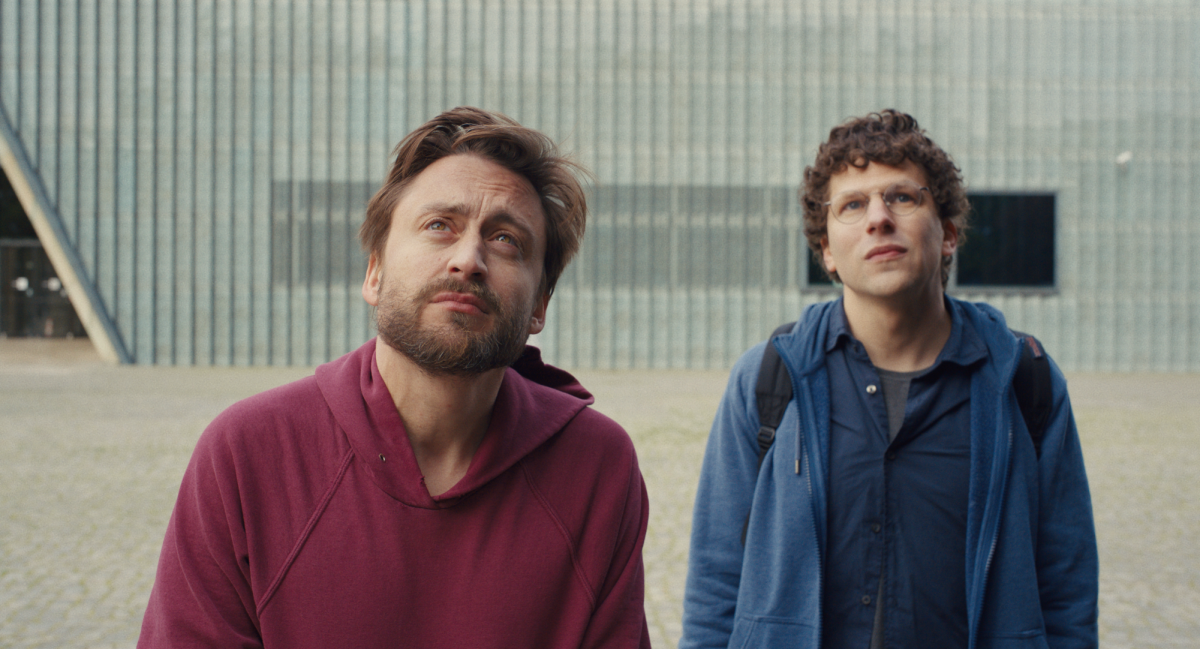New exhibits at the Museum of Fine Arts (MFA) shed light on two little-known American modern artists of the 20th century: Imogen Cunningham, a pioneering female photographer and Terry Winters, a painter, draughtsman and printmaker whose focus lies at the intersection of art and science.
Cunningham, a West Coast-based photographer who enjoyed a lengthy career from 1901 through her death in 1976, made her name with a series of large-format botanical photographs.
“She’s the unsung hero of American photography,” Karen Haas, the museum’s Lane curator of photographs, said about Cunningham. “She’s the woman who never got nearly as much attention as her male counterparts, and I think she’s long overdue for a reevaluation.”
The exhibit, titled “Imogen Cunningham: In Focus”, highlights the broad range of styles and techniques employed by Cunningham in her lengthy career, through about 35 works of her own, as well as photographs of the artist herself.
“She was really considered one of the most – if not, the most – famous female photographer in the United States in the ’70s,” Haas said. “She was such a groundbreaking figure and so ahead of the curve in terms of discovering the Modernist style of photography that we think of today: A large format camera, sharp focus, incredible lighting, textures, all of that.”
Associated with Ansel Adams and other iconic American photographers of the time, she later became a portrait artist, working for publications like Vanity Fair, where she would photograph stars without makeup, according to The Surrey gallery.
While most early photographers seemed to be “apologizing for their medium,” Haas said, Cunningham aimed directly at the mechanical precision a camera allows. This approach helped establish photography as one of the quintessential Modernist art mediums and made something of a celebrity of the photographer.
“She described herself as having ‘one hand in the dishpan, one hand in the darkroom’ at a time when most women did not tackle careers, much less in photography,” Haas said. “[This exhibit] is not just about getting her name talked about again. She was a real free thinker. You could drop her into a gathering of artists today and she’d fit right in.”
Directly next to “In Focus” in the gallery space reserved for works on paper is “Terry Winters: The Structure of Things,” which showcases the New York artist’s printmaking and drawing abilities. Winters, alive and working today, is known mainly for his paintings, which he began creating in the early ’80s.
“We have been steadily collecting prints and drawings of his and that’s quite visible in the show,” Clifford Ackley, Ruth and Carl J. Shapiro curator of prints and drawings, said. “There’s a very interesting interrelationship between all three types of media he uses. Our installation really sets up a dialogue between the different pieces in his work.”
“The Structure of Things” presents approximately 50 works by Winters, ranging from drawings, lithographs, collages and etchings, in a semi-chronological manner. The numerous forms of media provide a glimpse into how an artist’s interests can bleed throughout their entire oeuvre.
“For contemporary artists, he’s considered a kind of young old master of contemporary art,” Ackley says. “What a lot of artists relate to with Winters is his sense of abstraction; it’s not about pure design but wonderfully impure and related to images from the fields of botany, biology, neuroscience, physics and such.”
Winters’ interest in modern scientific structures perfectly complements Cunningham’s innovative style of photography, and both exhibits reveal a move by the museum to highlight more contemporary artists in the coming year.
“Imogen Cunningham: In Focus” and “Terry Winters: The Structure of Things” will be on display at the Museum of Fine Arts through June 18, 2017.
Photo by Brian Bae









